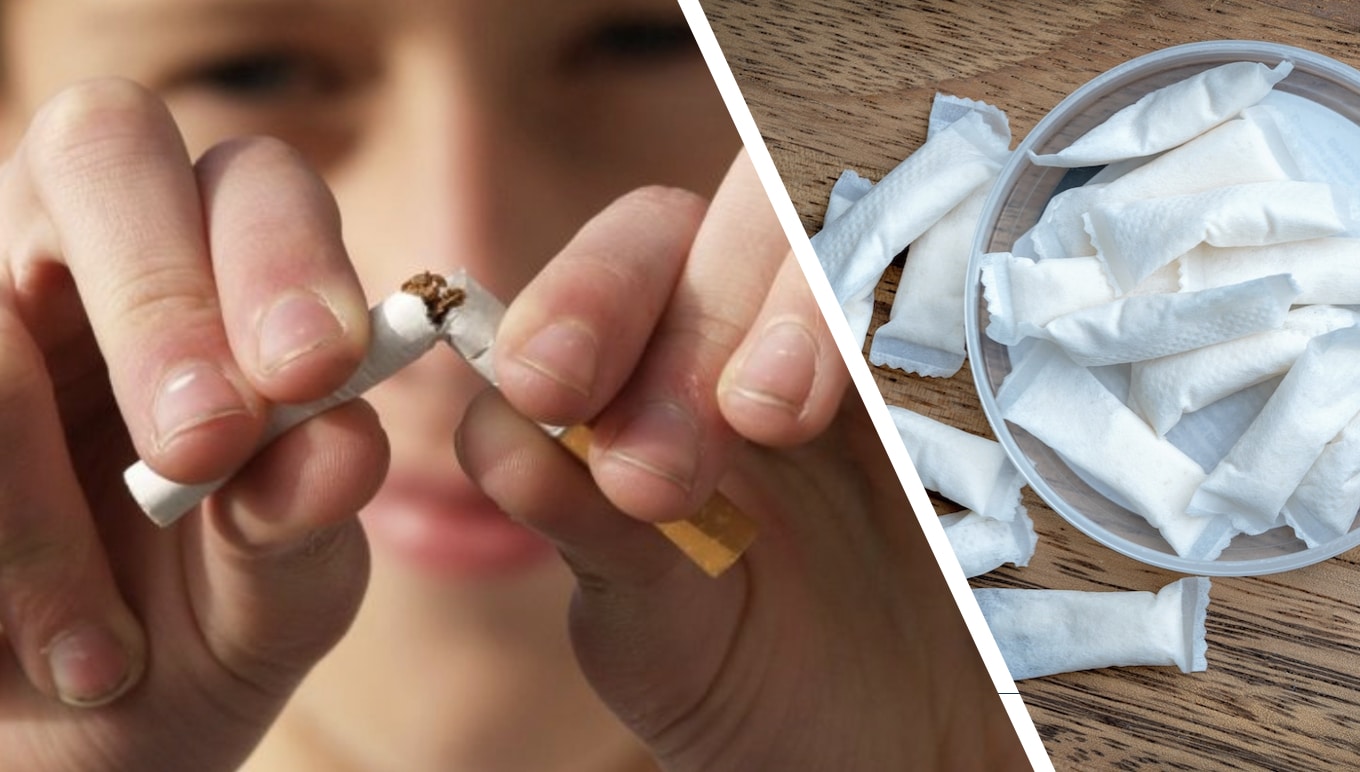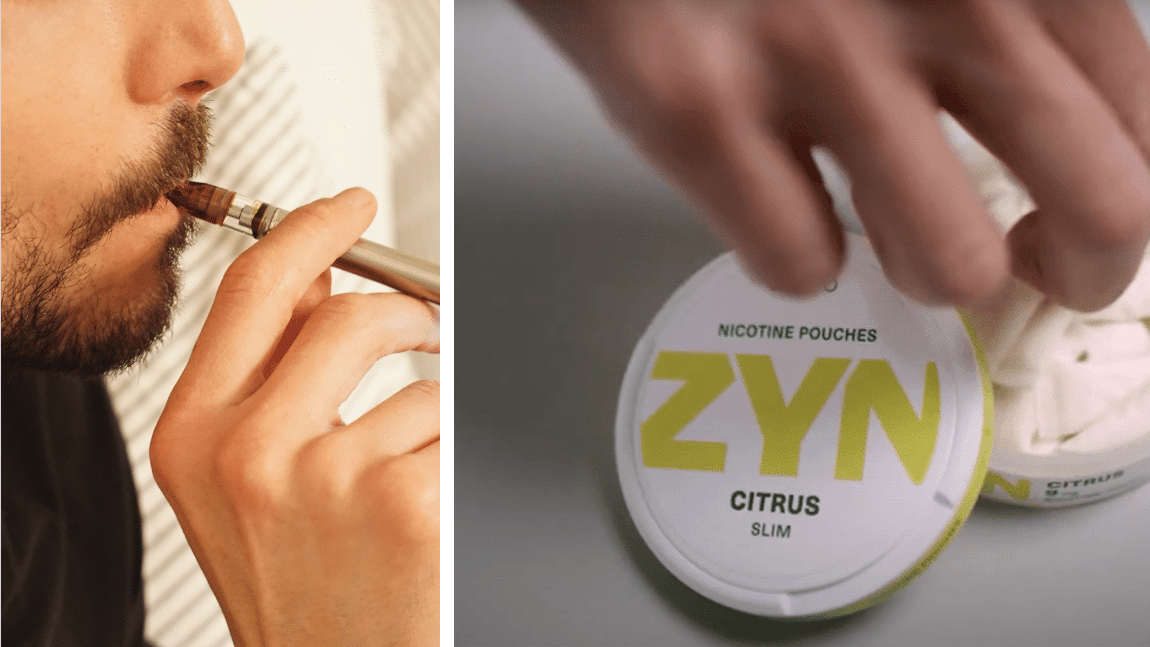
Beating cancer: Clive Bates on what the EU got wrong about tobacco
The European Commission recently released it’s much anticipated plan for beating cancer. While the goals are admirable, the EU Beating Cancer plan is plagued by a “fundamental error” when it comes to tobacco and nicotine, warns tobacco harm reduction advocate Clive Bates.
During 2021, 2.7 million EU residents were diagnosed with cancer and 1.3 million Europeans lost their lives to some form of the disease.
In order to combat the problem, the EU has presented a comprehensive Beating Cancer Plan, calling for €4bn in spending to improve prevention, treatment, and care.
One of the plan’s main priorities is to “ensure that less than 5% of the population uses tobacco by 2040”.
The formulation is an unfortunate one, according to tobacco harm reduction advocate Clive Bates, who served previously as the Director of Action on Smoking and Health in the UK.
Snusforumet recently caught up with Bates for an interview to get his take and what the EU cancer plan got right – and what it didn’t.
What are your general reactions to the Beating Cancer Plan as it relates to tobacco?
For tobacco, which is the biggest cause of cancer, it’s very disappointing and a failure of imagination, innovation, and courage in policy-making. There is a vast opportunity to reduce cancer by moving those who use nicotine from high-risk combustible products to low-risk non-combustible products, including snus, vaping, heat tobacco products, and novel nicotine pouches.
The evidence will never be perfect, but what we do know is that the exclusive use of smoke-free products presents risks that are one to two orders of magnitude lower than smoking. Instead of working out how we could exploit that huge difference in risk for public health benefit, Europe’s Beating Cancer Plan appears to make it more difficult and less appealing for smokers to switch.
What are the potential consequences of failing to distinguish between low-risk products like snus and high-risk cigarettes?
The European Union appears to be advancing a regulatory approach that would protect the high-risk incumbent product, cigarettes, from competition from low-risk entrants, the smoke-free products. It is absurd to use a plan supposedly aimed at “beating cancer” to protect the cigarette trade. The result will be more smoking and more cancer. I don’t think that is what the architects of the internal market had in mind when they determined that regulations should harmonise with a high level of health protection.
It is absurd to use a plan supposedly aimed at “beating cancer” to protect the cigarette trade.
Clive Bates
Europe’s Beating Cancer Plan makes a fundamental error in setting an overall goal to reduce tobacco use to below 5 percent by 2040. It should focus on smoking. The key difference in risk is between combustible and non-combustible products, not between tobacco and non-tobacco. By focussing on tobacco use, not smoking, the Commission implicitly rejects the value of switching from high-risk tobacco products like cigarettes to low-risk tobacco products like snus. This is a grave error, but I doubt it was an accident.
Why have EU policymakers seemingly failed to grasp the logic of tobacco harm reduction when it comes to fighting cancer?
It’s hard to know what motivates them. Though they say their goal is reducing cancer, they act as though it is more to do with eliminating nicotine. I believe they will never succeed in achieving a ‘nicotine-free society’ because it is a popular drug without harmful side effects and not very dangerous when consumed in smoke-free products.
Many in the Commission and public health organisations enjoy the mildly intoxicating pleasures of a glass of wine with dinner but seem extremely hostile to the recreational preferences of others. The main reason that nicotine use has fallen so much in many countries is that it is closely associated with smoking and the harms caused by inhaling smoke, but with smoke-free products that becomes much less of a concern. The problem is that fighting nicotine means fighting one of the most effective methods for “beating cancer”.
How might increased awareness of the “Swedish Experience” with tobacco help advance the debate?
The snus experience is both inspiring and depressing. It is inspiring because there is clear evidence that snus displaces smoking and can displace it almost completely. Adult smoking prevalence in Sweden is already close to 5 percent and the levels of cancer and heart disease among men, until recently the main users of snus, are by far the lowest in the European Union.
The Swedish Experience is a stunning proof of concept for tobacco harm reduction with clear results in terms of beating cancer.
Clive Bates
The Swedish Experience is a stunning proof of concept for tobacco harm reduction with clear results in terms of beating cancer. The depressing part is that the European Union continues to ban snus in every member state except Sweden. It illustrates just how irrational policymaking can be in the EU institutions, staffed by unaccountable elites, and surrounded by the interest groups that populate the Brussels “hive”.
Where do we go from here?
We need to connect with the people who connect with citizens. That means the Members of the European Parliament and to some extent the members of the Council working groups that address these issues. In 2013, the Commission wanted to regulate vaping products as though they were medicines. That approach would have killed off the category and led to many more smoking instead of vaping. Fortunately, many elected representatives who deal with real EU citizens saw this would hurt the people they serve and secured a life-saving compromise.
Dealing with EU policy is always very difficult for ordinary citizens, so I recommend joining a consumer advocacy group. They will repreent your interests, but more importantly, they will advise you on when and how to have a personal impact.




